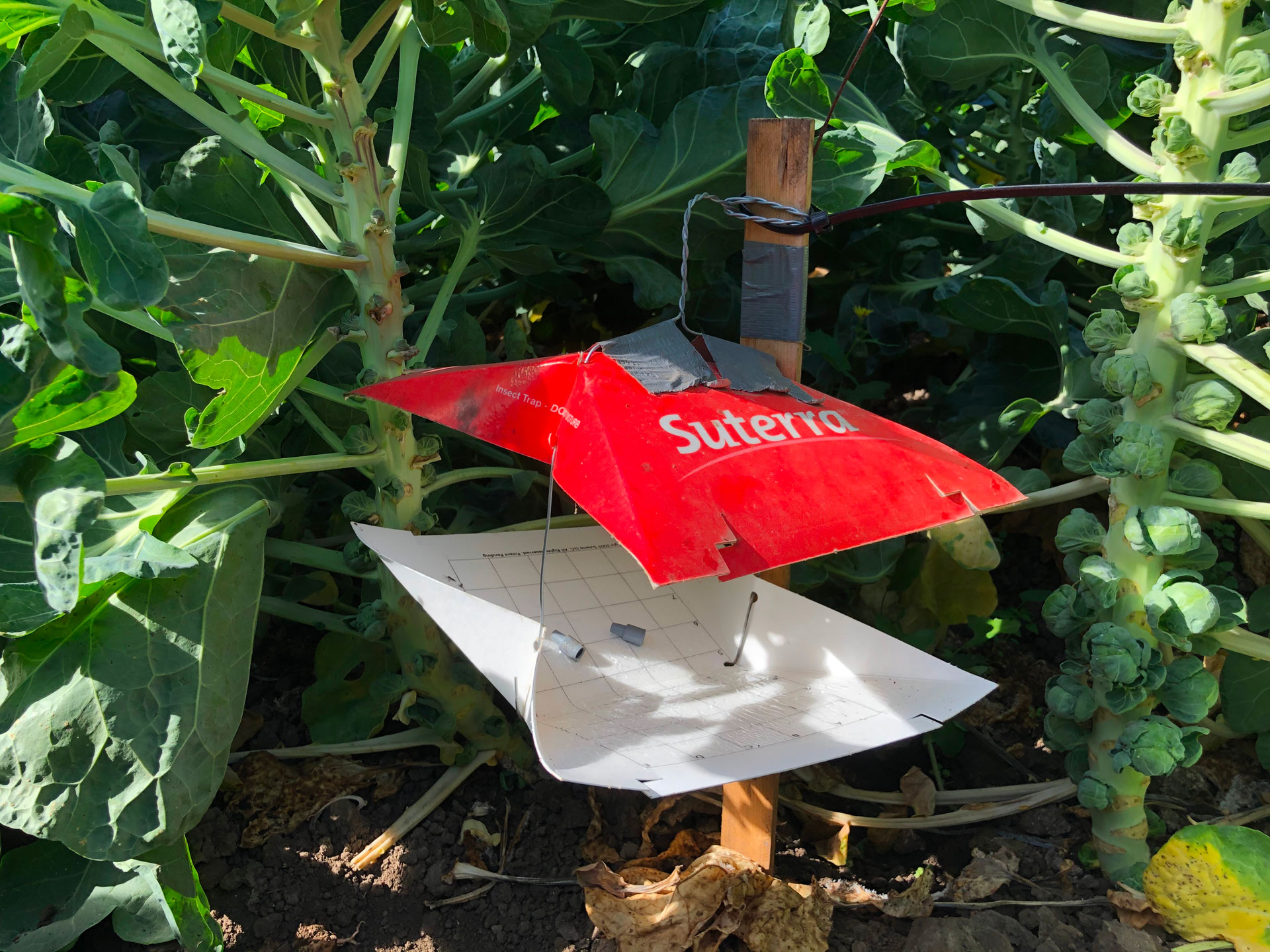
Organic seed production is a developing industry and viable economic opportunity for organic growers. To help growers manage the uncertainties and risks inherent to seed production, and to help growers earn more profit, Organic Seed Alliance (OSA) recently published an online toolkit to assist organic seed growers and seed enterprises. The toolkit serves as the first of its kind to focus on organic seed production specifically, offering support in the form of budgeting spreadsheets, inventory management, and foundation and stock seed planning.
Seed production can be deeply rewarding work. However, turning a passion for seeds into a viable livelihood is a challenge that even experienced seed growers struggle to overcome. That’s why this entire toolkit was developed in partnership with agricultural economists at Highland Economics— experienced professionals who understand the importance of a farm budget and production plan.
Tracking Expenses and Budgets
The first tool in the Seed Economics Toolkit is a spreadsheet that helps growers track the costs associated with producing seed crops. Enterprise budgets provide a snapshot of costs associated with a crop for a single year and do not make predictions or forecasts for future years. However, they can be used to provide guidance for growers who are considering investments in new equipment and scaling up.
Stock and Foundation Seed Production
Common questions around foundation, stock and production seed include: How much foundation seed do I need to ensure I have enough stock seed? How much stock seed should I produce every third year for my production seed? This second spreadsheet helps guide decisions around how much and how often to produce foundation, stock, and production seed based on your operation, desired inventory, longevity of the seed and estimated yield.
Tracking Labor
Tracking on-farm labor can be confusing and overwhelming, but it is also extremely important for growers trying to get a handle on their operation costs. A third piece of this toolkit is designed as a guide for tracking your operation each day, including a form designed for routine activities over the course of many days (such as watering in a greenhouse or screening a large seed lot) for tracking labor in seed production.
Getting Seed Contracts
Success in seed production contracts requires careful management of the grower-buyer relationship and an understanding of the terms of the contract. Learning from others’ experience can save many headaches and ensure a successful grower-buyer relationship. Over the years, experienced seed growers and buyers have shared their experiences and advice in workshops and webinars at the Organic Seed Growers Conference and other online networking events. Several of these webinars also offer contact information and guidance on how to reach out to seed companies when seeking contracts (all of these webinars are provided as part of the Seed Economics Toolkit at the link at the end of the article.)
Growing seed on contract for a seed company takes some of the sales-related risks out of seed production, but finding the opportunity to grow on contract can also be a hurdle as it is not always clear how to connect with a seed company to acquire contracts. Seed companies and growers alike report that they most often make new relationships by networking at conferences, such as the Organic Seed Growers Conference, and other regional events. Many seed growers also cold call companies to see if they’re looking to contract with new growers.
As an organization that strives to create networking opportunities for seed growers, OSA developed an online registry called the Organic Seed Producers Directory to connect seed growers with seed companies. It includes a user profile that shares each grower’s location, scale and crop expertise. In this way, the directory can be searched by seed companies seeking new growers and for producers to connect with one another as well.
If you are an organic seed grower who would like to join this directory, create a profile today to start connecting with seed companies and other growers at: seedalliance.org/directory/.
Seed Company Advice
Prices for wholesale production vary widely by crop, variety and scale as well as terms of the contract. The roles and expectations of the producer also influence the pricing in a production contract and understanding the expectations of the seed company is very important as it significantly influences the risks and costs of production. While prices vary widely from company to company and depend on a multitude of factors, it is also helpful to have some ballpark idea of average wholesale prices to help in negotiating contracts and using the enterprise budgeting tool to project profit potential.
OSA surveyed nine seed companies to solicit feedback on best practices for engaging in contract seed production and to inquire about average contract prices for specific crops to help growers develop production plans (these prices are listed in the online toolkit at the link at the end of the article.) Contract prices often varied widely between companies and within a given crop by each company. Commonly mentioned determinants of prices included production scale; variety type (high or low yielding, ease of production); roles of producer, such as need for rogueing or finished quality seed cleaning; seed quality, such as germination rate and disease testing; and whether the crop is an open-pollinated or hybrid variety.
Below is a summary of best practices shared by seed companies:
The best time to contact seed companies to inquire about contract opportunities is between September and January when companies are preparing for the following year’s production.
Communication is critical to maintaining a good contract relationship. Most companies request an update on the crop status two to three times throughout the growing season. Photos of the crop and updates on any off types are very helpful.
Timely delivery of clean seed is important as it helps the company prepare for the following year’s sales.
If you are new to contract production, start small and try crops that you are familiar with growing. Try a test plot the first year if it is a new crop you are unfamiliar with so you can determine if you can grow it in your location. Also, plan for how you will harvest and handle the finished seed crop.
Keep good records on your costs of production, including your time, so that you are able to engage in informed negotiations on price.
Share your production information with the company and ask them to share what they know about the crop. Seed companies want to learn from your experience and also help you succeed. It takes an open exchange of information to ensure everyone’s success. If you need help, ask!
To access the Seed Economics Toolkit, visit seedalliance.org/publications/seed-economics-toolkit/.





